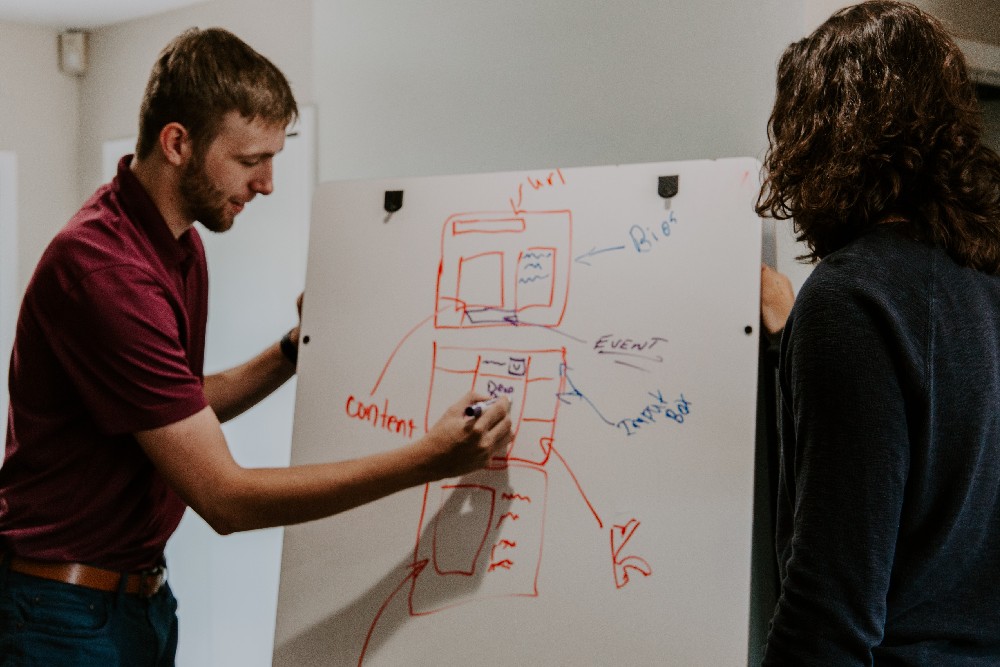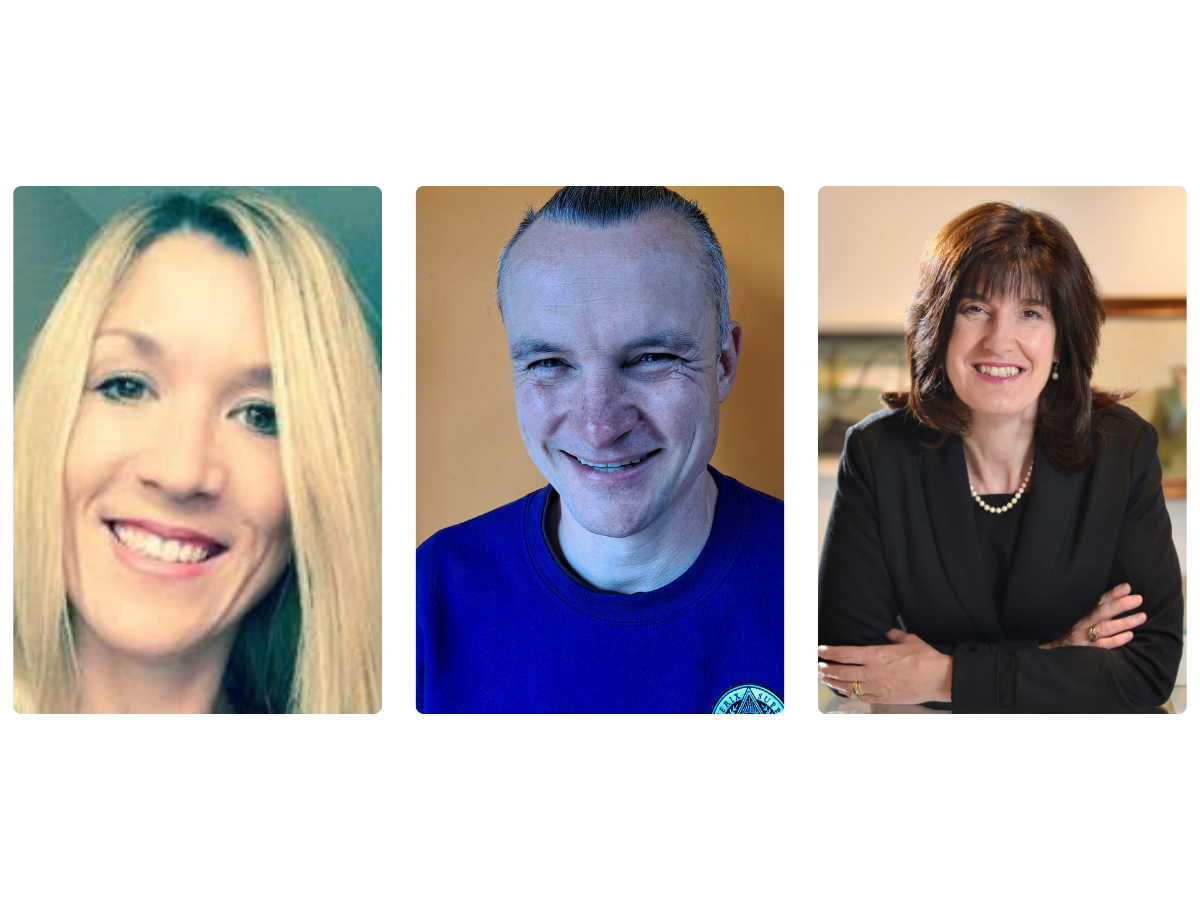A new survey report shows that universities still face big challenges in meeting their legal responsibility to provide accessible services for disabled students.
More and more are making a public commitment to accessibility, but they still need to make changes to their internal processes to ensure that they deliver on their promises.
What are the global attitudes towards digital accessibility?
 More than 200 people working in HE responded to AbilityNet’s Attitudes to Digital Accessibility Survey in late 2022, which gathered 447 responses in full.
More than 200 people working in HE responded to AbilityNet’s Attitudes to Digital Accessibility Survey in late 2022, which gathered 447 responses in full.
Almost 80% said that accessibility is seen as a high priority for their organisation, but a key concern is that commitments made by senior managers are not matched by the resources needed to deliver change.
For example 80% of respondents’ organisations have a diversity and inclusion strategy, of which 79% reference disability. But only 34% said that ‘digital accessibility’ is included in that strategy.
Lack of awareness of digital accessibility (61% of respondents) and lack of internal skills or experience (57%) are seen as the most significant barriers to be addressed to close this gap.
Amy Low, Services Delivery Director at AbilityNet, said of the report's findings:
“We had a great response to this survey from the HE sector. The Public Sector Bodies Accessibility Regulations place clear legal requirements on universities so it’s good to know they are rising to the challenges it sets.
However, it’s clear to see that many institutions are struggling to get beyond the headline commitments in their diversity, equality and inclusion strategies and make real changes to the experiences of students with disabilities.
The next step for higher and further education institutions is to invest in changes to their internal processes, including the design and development of all their digital learning services. They are beginning to build the skills of their teams, but this needs to accelerate, and they need to make sure that their procurement policies match their accessibility requirements.”
The full survey report and findings are available on the AbilityNet website.
Download the full survey results

25% off accessibility and inclusion training courses!
AbilityNet turned 25 on 23 January 2023. In celebration of our 25th anniversary, for 25 days we are offering 25% off live training sessions*.
* Offer ends Thursday 16th February 2023 at 23:59 GMT.
Higher and Further Education sector results in detail
The survey was open for responses from 20 September to 3 October 2022. AbilityNet worked with Open Inclusion to design the survey and analyse its results focusing on key findings in five main areas:
- Leadership
- Motivations
- Capability
- Processes
- Procurement
Higher Education and Further Education institutions comprised 40% (201) of the 447 full responses to the survey, the overall results of which reveal a mixed picture of digital accessibility improvements and barriers.
The survey report shows what many of us see across the public sector – the rules are in place and there is a top-level willingness to address this issue, but we still have a long way to go before digital inclusion and accessibility is embedded in the culture and day-to-day practices of the HE sector.
As to be expected post the introduction of the Public Sector Bodies Accessibility Regulations (PSBAR), the majority of HE/FE respondents (79%) said their website has an accessibility statement, (3% don’t have one, 18% didn't know), but 13% said their statement was not up to date.
F ree webinar on Public Sector Bodies Accessibility Regulations (PSBAR)
ree webinar on Public Sector Bodies Accessibility Regulations (PSBAR) Five years on from the introduction of PSBAR, Amy discussed GOV.UK audits and sector-focused insights from our ‘Attitudes to Digital Accessibility’ survey with the panelists.
Confidence among HE professionals is high
Just under half (49%) of those surveyed in this category say they are ‘Quite confident’ in their understanding of digital accessibility, and 31% ‘Very confident’.
Could higher levels of confidence within digital accessibility in this sector be attributable to their experiences implementing requirements for the 2018 Public Sector Bodies Accessibility Regulations (PSBAR)?
Senior management: Accessibility is a lower priority
More than 55% of the HE/FE respondents say digital accessibility is a significant feature of their role, but only 7% say that for senior management it’s a ‘very high priority’, and another 33% report that it’s a ‘high priority’. However, 7% say it’s a very low priority for senior leaders in their institution.
The most commonly cited motivator perceived by HE/FE professionals as leaders’ reasons for delivering digital accessibility was meeting legal requirements, with 79% of respondents noting it as a factor.
Quotes from survey respondents about leaders’ priorities:
“The accessibility agenda is being driven from IT services, middle management and non-managing staff, without sufficient resource for real expertise”
“It isn't prioritised accordingly due to budget and time constraints. When it is prioritised, it's purely because it's a compliance issue rather than embracing user needs or enhancing the UX.”
“They think it is the remit of accessibility professionals, not part of everyone's role”
“Too many competing priorities and lack of awareness leading to perception there are little tangible gains aside from compliance.”
Barriers to digital accessibility
There were mixed reasons cited for ‘most significant barriers for delivering digital accessibility’ perceived by HE/FE professionals, with lack of awareness of digital accessibility (61%) and lack of internal skills or experience (57%) cited.
What respondents said about barriers to delivering digital accessibility at their institutions:
- “People are overwhelmed when they find out it is all digital content and as many are already doing the work of multiple people on tight deadlines, the extra steps are significant”
- “Most people in my organisation want to do the right thing, but they also complain about having the time to do the right thing. Accessibility is currently seen as an add-on instead of a baked-in or from-the-start type of thing.”
Positive outlook for diversity and inclusion
Most positive in the results is that 80% of respondents’ organisations have a diversity and inclusion strategy, with nearly all of those (79%) respondents saying ‘disability’ is referenced within the strategy. However, only 34% said that ‘digital accessibility’ gets a mention within that strategy.
Accessibility statements
As to be expected post the introduction of the Public Sector Bodies Accessibility Regulations (PSBAR), the majority of HE/FE respondents (79%) said their website has an accessibility statement, (3% don’t have one, 18% didn't know), but 13% said their statement was not up to date.
Who is responsible for maintaining digital accessibility?
 Nearly a fifth (23%) say ‘There is an executive level sponsor for our digital accessibility programme’ and 30% report there’s a non-executive leader of our digital accessibility programme. But the highest response (40%) noted that ‘there’s no single person in our organisation who is responsible for digital accessibility’.
Nearly a fifth (23%) say ‘There is an executive level sponsor for our digital accessibility programme’ and 30% report there’s a non-executive leader of our digital accessibility programme. But the highest response (40%) noted that ‘there’s no single person in our organisation who is responsible for digital accessibility’.
Furthermore, 35% said ‘It is unclear where digital accessibility responsibility sits within our organisation’, and 22% said ‘There is little or no executive level interest in digital accessibility’
Promisingly, 55% of HE/FE organisations represented in the results have a disability network or employee resource group which discusses digital accessibility, but 15% don't have any proactive groups for discussion of digital accessibility issues.
How would you describe your organisation’s overall commitment to digital accessibility?
Digital accessibility is a very low priority in 7% of the organisations included in the results, but 61% report ‘There are pockets of good practice across the organisation’, and 12% report that ‘Digital accessibility is embedded into the way we usually work’. Only 5% say that ‘digital accessibility is central to our organisation’.
Overall, results indicate no roadmap for digital accessibility is shared across the institutions represented in the results for the higher and further education sector.
Need for formal, consistent accessibility and inclusion training
When asked if their institution provided digital accessibility training tailored to respondents’ roles, the answers were the following:
- Not applicable: no digital accessibility training is delivered specific or tailored to my role: 17%
- Internally delivered online digital accessibility training: 54%
- Externally sourced online accessibility training: 32%
- Internally delivered face to face digital accessibility training: 28%
- Externally sourced face to face accessibility training: 6%
- Don’t know: 13%
What respondents said about training provision
- “Externally sourced online training, but only what I have found myself. It is not a formal training plan.”
- “Only some training - not much and not prioritised.”
- “The training I had was over 7 years ago and our software and digital access has changed a lot in that time, yet I am expected to know about it.”
- “Different departments have a different approach. I have created a full online learning package for my own department specifically aimed at the software we use for content creation.”
- “Training is available for very specific areas. There are significant gaps in provision.”
Generally positive training options are reported to be available to the HE/FE sector respondents, but the overall results show that an inconsistent approach is taken towards accessibility training, and it’s not something embedded in the majority of institutional cultures:
- General training in digital accessibility for all staff: 33%
- Disability awareness training as part of induction: 40%
- Digital accessibility training as part of induction: 14%
- Specific budget for accessibility training if teams require it: 16%
- Opportunities for learning across teams about experiences: 32%
- Support to gain accreditations in digital accessibility: 15%
- Attending relevant conferences: 37%
- Attending free webinars, meetups and networking events: 65%
- Don’t know: 18%
Budgets are a constraint
When asked for any additional points to share about how digital accessibility is handled at their organisation, one respondent said:
"Financial and workload pressures in Higher Education mean that senior management are concerned about adding to already stressed staff to improve the accessibility of their content. This is seen as "additional" work and is the first thing to be dropped. I believe we should be putting in place more support for staff, and raising awareness of accessibility issues, but with zero budget this is impossible."
Further resources:
Blog: How can I prove the need for accessibility training to senior leaders?
Blog: Accessibility requirements for Higher and Further Education organisations
Training: How to deliver and sustain accessible digital learning - for HE and FE professionals
